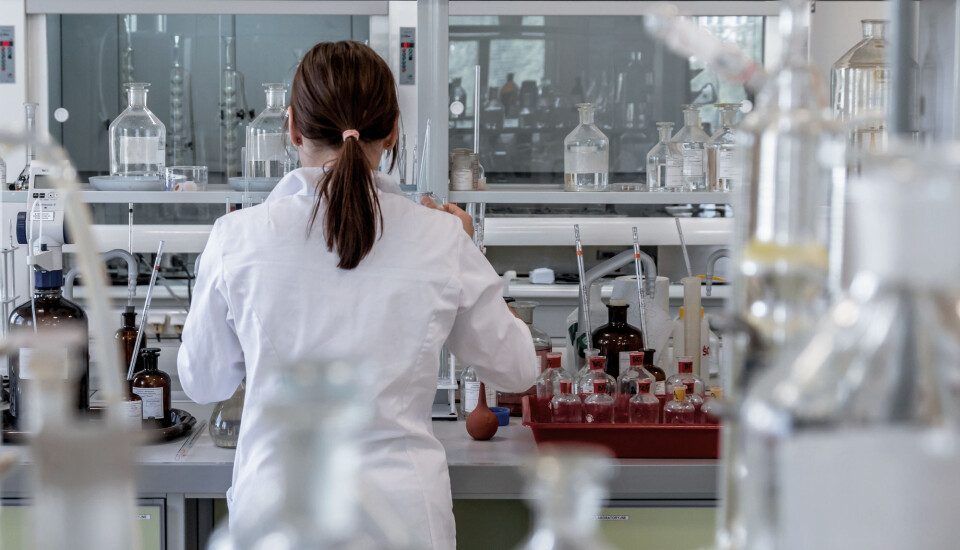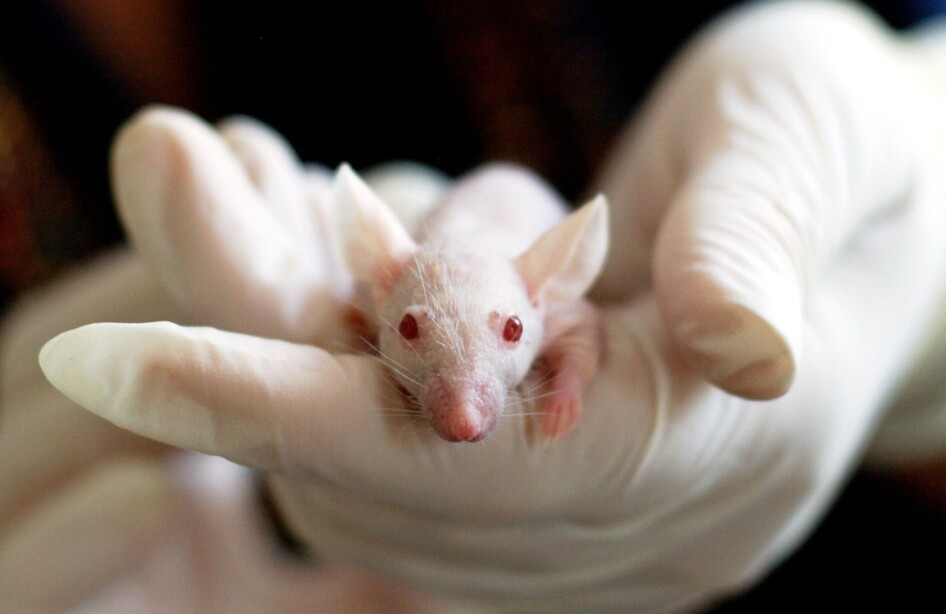This article is produced and financed by The Centre for Advanced Study (CAS) - read more

Humanities + medicine = ❤︎
Translating knowledge from a research lab is not merely a scientific practice. CAS project leaders call for a greater inclusion of culture.
“Just like at CERN where particles collide, we want to bring concepts of translation from medicine and humanities into a symbiosis and challenge the division between nature and culture," John Ødemark says figuratively.
The desired result: a revised and reinvented field of medical humanities.
John Ødemark, a Professor of Cultural History at the University of Oslo, explains that the concept of medical humanities originated in the US and often just implied giving medical practitioners a humanistic sensitivity through a kind of humanistic Bildung, ‘as if humanities were the soft hand of the hard sciences’.
While this approach to humanities in medicine is to some extent outdated, the juxtaposition of the 'objectivity of science and subjectivity of culture', as the project leaders write in their project description and in a position paper, is still prevalent.
Ødemark and Professor of Interdisciplinary Health Science, Eivind Engebretsen, are project leaders of the CAS project The Body in Translation: Historicising and Reinventing Medical Humanities and Knowledge Translation.
They join the ranks of those who criticise the division between nature and culture, which has skyrocketed since the advent of categorising our current geological age as the Anthropocene.
So, if we are to understand culture as something inherent in medicine, what are the cultural underpinnings of translating medical knowledge?
This is of vital theoretical, practical, and political importance, the project leaders think.

Culture affects treatments, clinical guidelines and policy
Medical knowledge translation, as defined by Engebretsen and Ødemark, refers to the transfer of research findings, from e.g. the lab, to specific treatments in hospitals and clinics, clinical guidelines, and policy.
“To critically examine and debunk knowledge as 'socially constructed' is sort of an old exercise within humanities," Ødemark says, self-reflecting.
Regardless, it is still a legitimate endeavour. Engebretsen continues:
“In medicine, translation of research findings has been conceived as a purely scientific practice, based on laboratory research, on mice and test tubes. Researchers often think that translation can be reduced to purely scientific methods. By doing that they “black box” what this operation of translation is really about."
The two professors from the University of Oslo criticise knowledge translation for not considering culture.
What cultural considerations must be taken into account when a traumatised refugee receives medical treatment in Norway?
How is UK-developed, modern medical equipment incorporated into a health centre in Mali?
What role do different perceptions of the body play when a patient undergoes a kidney transplant?
The very idea of knowledge in the process of translating knowledge is flawed and simplified, Ødemark and Engebretsen argue.
“Translating knowledge into practice is also a cultural practice," Engebretsen says.
Summarising humans and rats

The first half year of the project at CAS deals with historicising medical knowledge translation. As a cultural historian, John Ødemark believes medical knowledge translation could become more nuanced by taking into account culturally and historically different ways of conceiving human bodies and their boundaries.
In the second and final semester at CAS, they will re-analyse data from empirical projects they have done at the Faculty of Medicine.
“We have gathered data through ethnographic and other empirical studies of knowledge translation. For instance, we have studied how clinical guidelines develop," Engebretsen says.
State institutions, such as the Norwegian Directorate of Health, develop guideline recommendations for doctors on how to treat specific conditions based on research summaries.
Engebretsen’s team decided to explore these processes empirically. They sat down with the experts, observed their work, and took notes.
“We’ve looked at how these stakeholders develop recommendations based on research, how they negotiate, and how they translate knowledge from one specific population into a recommendation. We found that formal knowledge – or guidelines – are often intermingled with informal and often tacit knowledge that we call 'mindlines'. Hence, the development of guideline recommendations strictly based on scientific knowledge (without cultural interference) seems to be an impossible project."
The project leaders have also explored reviews of literature. What do they conclude based on these research findings?
“This is often about summarising apples and pears," Engebretsen says.
Or, in some cases, humans and rats.
“You might for instance find evidence that ibuprofen should not be given to patients after surgery due to indications of slower healing. However, if you 'unpack' the evidence underpinning this claim, you discover research results that are difficult to compare. There are for instance studies based on rats with induced fractures (the researchers had deliberately broken their legs) showing that ibuprofen slows down the healing process. However, these findings on rats being treated this way are not necessarily translatable to humans with different kinds of injuries," Engebretsen says about one example, which CAS Fellow-to-be Trish Greenhalgh presented in a talk in 2015.

“In these recommendations, the authors don’t distinguish between rats and humans, accident and torture, and different kinds of injuries. In this project we will tease out the procedures and cultural differences hidden in the black box between e.g. animal studies and clinical application."
Met with open arms by medical researchers
In your experience, how receptive are medical researchers and doctors to your approach and criticism?
“Our experience is that doctors and researchers in biomedical sciences really understand the need for knowledge about culture and social aspects of innovation," Engebretsen says.
Ødemark agrees:
“The Faculty of Medicine at the University of Oslo has been extremely receptive to us human science scholars."
CAS enables this type of interdisciplinary work.
“This project is about reflecting on concepts, and doing so between very different disciplines. There are not many funding opportunities that support that," Engebretsen says.
“CAS welcomes experimental, basic research, and they fund high risk, high gain projects. That is brilliant," Ødemark adds.
The project leaders plan to braid their findings in a book on knowledge translation, and they have a competent team of CAS Fellows around them to help them succeed.
A further long-term goal is to establish a Centre for Medical Humanities, and institutionalise this synergy between humanities and medicine.


































